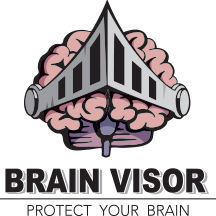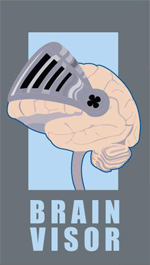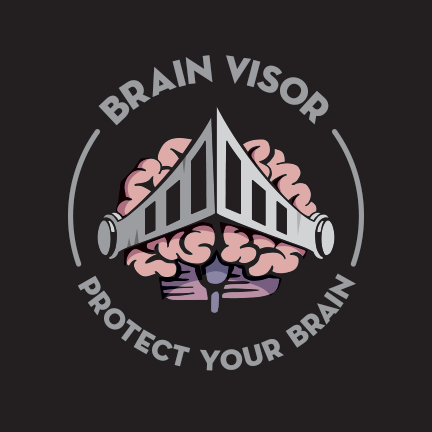Hydrocephalus
Spina Bifida
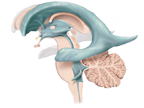
|
Hydrocephalus occurs as a result of an imbalance between production and absorption of cerebrospinal fluid (CSF), secondary to some other pathological event or structural brain anomaly. When CSF circulation is disrupted, fluid accumulates and pressure is exerted on the brain.
Hydrocephalus Association
Spina Bifida Association
Charity Video
|
Meningitis
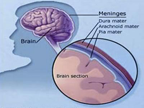
|
Meningitis is characterized by inflammation of the meningeal membranes surrounding the brain. It can occur as a result of either bacterial or viral infection. Viral meningitis may improve without treatment, but bacterial meningitis is serious, and delay of treatment increases the risk of permanent brain damage or potential death.
National Meningitis Association
What is Meningitis (Video)
|
Encephalitis
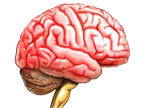
|
Encephalitis occurs when the brain is invaded by a virus or another micro-organism resulting in acute inflammation of cerebral tissue with possible associated neuronal damage or potential death.
Encephalitis Society
Encephalitis (Video)
|
Endocrine and Metabolic Disorders
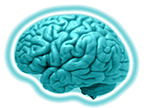
|
Hypothyroidism – Congenital hypothyroidism is a condition involving absent or insufficient production of thyroid hormone, secondary to partial or complete failure of thyroid gland development.
National Academy of Hypothyroidism
Phenylketonuria – Phenylketonuria is an autosomal recessive disorder of amino acid metabolism, in which plasma level of phenylalanine are increased due to abnormal metabolism.
National PKU Alliance
Insulin-Dependent Diabetes Mellitus (IDDM) – IDDM is a serious and life-long disorder of glucose metabolism. For more information please visit:
Nationwide Children's Hospital
|
Childhood Epilepsies
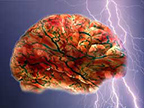
|
Epilepsy is often a chronic condition characterized by a tendency towards recurrent seizures resulting from an imbalance between inhibitory and excitatory neurotransmitter systems. As groups of neurons fire excessively in synchronous oscillation, transient alterations in consciousness occur. While epilepsy is a relatively common neurological disorder, there are significant differences between adult and childhood seizure disorders. In particular, there appears to be some evidence that epileptic activity may have profound influence on developing neurons. Research continues to investigate these potential age-dependent affects.
Epilepsy Foundation
Intractable Childhood Epileps
|
Pervasive Developmental Disorders – Autism Spectrum Disorder (ASD)

|
ASD is a range of complex neurodevelopment disorders, characterized by social impairments, communication difficulties, and restricted, repetitive, and stereotyped patterns of behavior (NIH).
National Autism Association
Autism Society
Organization for Autism Research
Autism Speaks
|
Dyslexia and Reading
Disorders

|
Dyslexia or specific reading disability is a common learning disorder in children that is characterized by difficulty reading due to problems identifying speech sounds and learning how they relate to letters and words.
Learning Disabilities Association of America
Understood
|
Dyscalculia and Mathematics Disorder
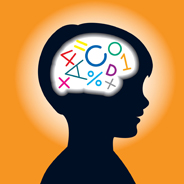
|
Dyscalculia or specific mathematics disorder is characterized by impairment in the ability to learn and perform mathematics. Dyscalculia is a dysfunction, which differs from acalculia – the lack of ability to perform or understand mathematics operations.
Learning Disabilities Association of America
Understood
|
Dysgraphia and Disorders of Written Expression
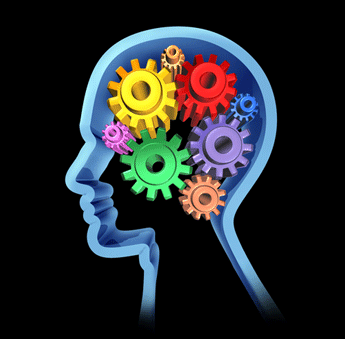
|
Dysgraphia is specific learning disorder that is generally characterized by difficulties forming letters, numbers, and words by hand, spelling correctly, and organizing and expressing thoughts on paper.
Learning Disabilities Association of America
Understood
|
Receptive and Expressive Language Disorders of Childhood
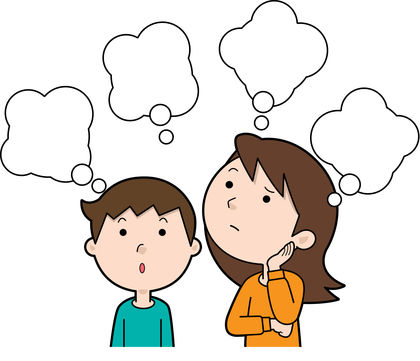
|
Receptive and expressive language disorders are associated with difficulties in a child’s ability to express him-or herself using spoken language, and with problems understanding what people are saying to him or her.
Encyclopedia of Mental Disorders
|
Auditory Processing Disorders (APD)
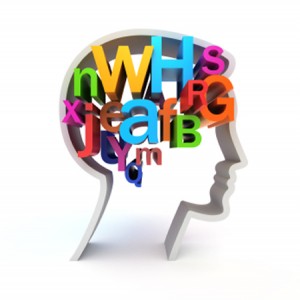
|
APD is characterized by deficits in auditory processing, ranging from deafness to more subtle disruptions of information processing associated with speech impairments, reading and writing disorders.
Auditory Processing Disorder Foundation, Inc.
American Speech-Language-Hearing Association
|
Attention-Deficit/Hyperactivity Disorder (ADHD)

|
ADHD is a chronic and impairing neurodevelopmental disorder associated with attention difficulty, hyperactivity, and impulsiveness.
Attention Deficit Order Association
Children and Adults with Attention-Deficit/Hyperactivity Disorder (CHADD)
|
Pediatric Tic Disorders
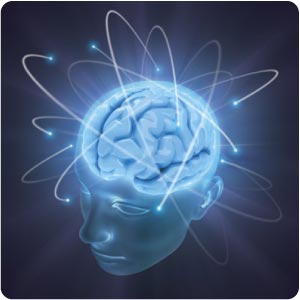
|
Tic Disorders are characterized by rapid involuntary, repetitive motor movements, or vocalizations.
The American Academy of Child and Adolescent Psychiatry - (AACAP)
Childbrain.com
|
